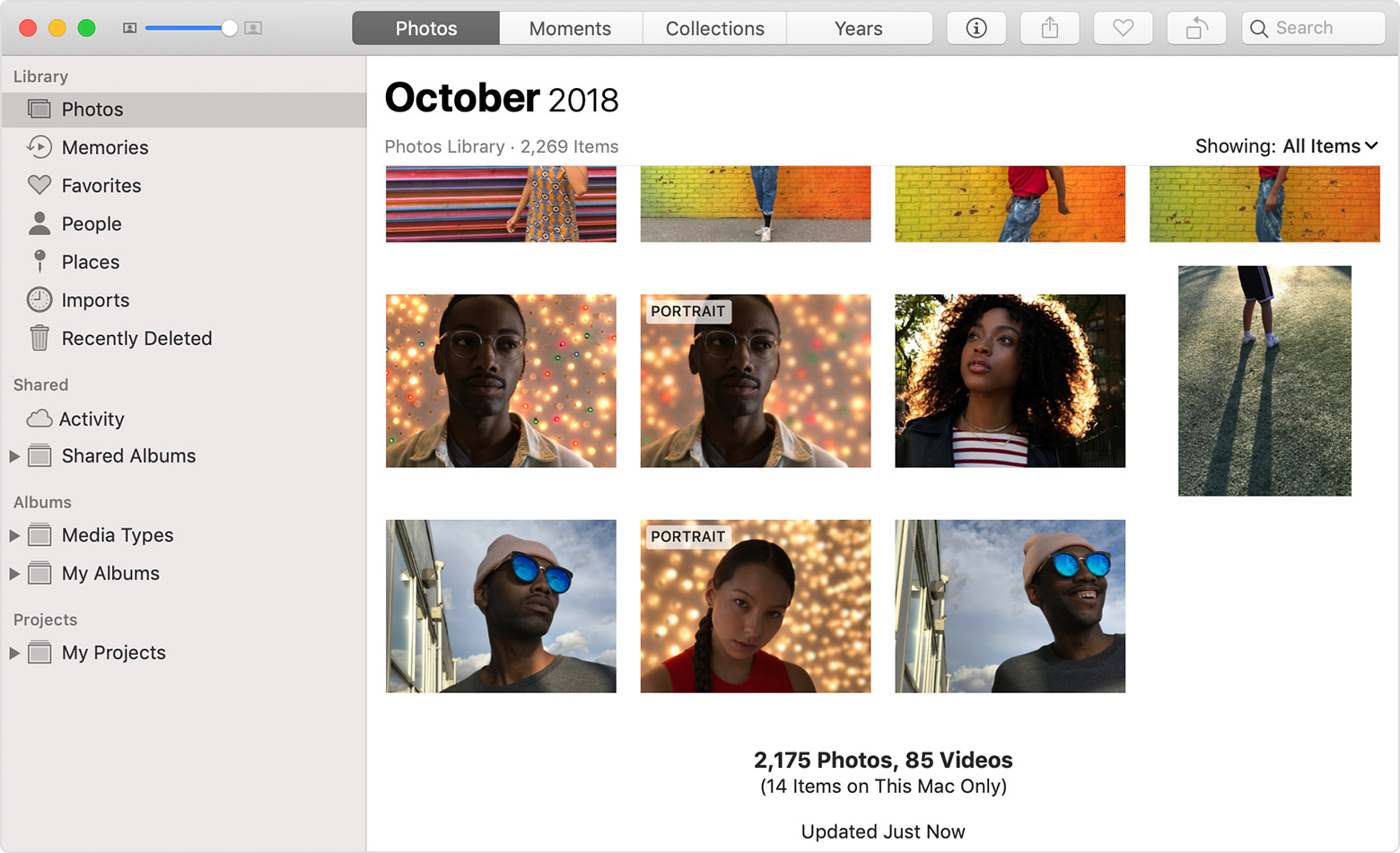Organization
If you shoot a snapshot, slo-mo, or selfie on your iPhone, it’s automatically added to iCloud Photos — so it appears on your Mac, iOS and iPadOS devices, Apple TV, iCloud.com, and your PC. Even the photos and videos imported from your DSLR, GoPro, or drone to your Mac appear on all your iCloud Photos–enabled devices. If you’ve continued to use iPhoto after Apple discontinued it in 2015, you had to know its days were numbered. Many people preferred iPhoto’s controls and the new Photos app was initially. IPhoto Download is a free photo application of Apple. As we of Apple utilizes to, the app is going to have an elegant design and is too quiet user friendly. It applies to iOS apps, press, and hold iCloud Photo Library out of your Apple application clean. Download today iPhoto for free on our site. MacBook Pro (Mid/Late 2007 or newer). Photos is a new app for Mac OS X designed by Apple. It is designed to replace iPhoto, currently the primary way for most people to view and edit images on.
Apple encourages users to replace iPhoto with Photos partly because they bring more features and better organization system to Photos. The detailes are below.
iPhoto: Four options are available for you to organize and search photos under 'Library' section: Events, Photos, Faces and Places. The classification of photos is relatively simple. Thus sometimes it costs you a large amount of time to find out desired photos from tens of thousands of photos in Events. What's worse, some users complain a lot on forums that iPhoto doesn't recognize iPhone after iOS 11 update. Its performance seems a bit up and down.
Photos: On the top toolbars, 'Photos' button allows you to view and organize photos via date and places in this photo management software;
'Shared' button lets you use iCloud photo sharing feature to share photos or videos with people you choose and they can also add comments on your photos;
'Albums' button (similar to iPhoto Events) classifies your photos into different albums, including All Photos, Faces, My Photo Stream, Last Import, Videos, etc.
'Projects' button is used to help create photos to Book, Card, Calendar, slideshow and you can even print them out for usage.
At the left side of the main screen, click 'Photos' under 'Library' section and three options pop up at the top banner: Moments, Collections and Years. These funtions are self-explanatory, aimed to make it easier for you to find photos in large library.
Other minor differences between iPhoto and Photos are also concerned by a slew of people like photo display size, photo viewing and sharing.
iPhoto: to adjust the photo display size, the slide bar is located at the lower left corner of the interface. And to view photos in iPhoto, you need to double-click the photos to open it. As for the 'Sharing' feature, it's usually ignored by most users, for it's placed at the non-conspicuous lower right corner.
Photos: to solve the inconvenience of iPhoto, Photos uplifts the slide bar from the lower left corner to the upper left corner and add a 'Play' icon next to the share button at the upper right corner. Thus, users adjust picture display size, view and share photos with much more convenience.
In terms of interface and organization ability, you're recommended to update iPhoto to Photos without problems of iPhoto not working, importing stuck and more.
With the upgrade to Photos, many Mac users have been left with a duplicate iPhoto library on their Macs. Here’s how to delete iPhoto library and clear out some clutter.
iPhoto used to be the standard photo editor and photo management system on Macs, at least for the average computer user. Like it or not, however, that all changed when Apple first introduced the software, nearly a year ago. If your Mac came from Apple with Photos already installed, you don’t need to worry about old iPhoto libraries.
A Mac that was upgraded to a new version of OS X that added the Photos app, however, can end up with what look like duplicates of their photo libraries. The first time you start up Photos after upgrading, your Mac will copy over your photo library into the new software (if you explicitly set up more than one old iPhoto library, you’ll have to copy them over yourself). It doesn’t go back and delete the old one, though.
Here’s where things get a little bit confusing: you don’t actually have two copies of your photos. Thanks to the way OS X (the software that powers your Mac, like Windows powers a PC) works, your pictures aren’t actually stored in those libraries. Instead, they’re stored somewhere else on your hard drive, and each library has what Apple calls a “hard link” to the pictures. As a result, each library can access the photos, but store separate information about them. You can delete either library safely; only if you were to delete both libraries would you lose access to your pictures.
While having a second copy of your photo library doesn’t take up that much extra space on your computer, it can still be confusing – first of all, each library reports that it’s a certain size, which can make it difficult to figure out how much room is left on your Mac. Additionally, if you need to back things up, it can be hard to figure out where your files are.

Still with us? Let’s recap:
- if you upgrade your Mac from iPhoto to Photos, you’ll get a second photo library
- if you had multiple iPhoto libraries (you would know if you did), you’ll need to copy them into Photos manually
- the libraries each link to a single copy of your photos, rather than storing each photo twice
- it can appear that your libraries are taking up more space than they are, thanks to the way hard links work
- you can safely delete either photo library – only if you delete both of them will you lose access to your photos
Free Iphoto Download For Mac
How to delete iPhoto library on your Mac
Now that you understand why you might want to delete an old iPhoto library, and why you don’t necessarily have to, let’s talk about how to actually do it.
Before you do anything like this on your Mac – that is, delete something potentially important – you should back up your software with something like Time Machine.
Read: How to Backup Your Mac with Time Machine
That way, if you accidentally delete something important, or something else goes wrong, you can always roll things back to how they were when you started. This is really easy, and there’s nothing to be concerned about; it’s just good practice to back things up (and keep them backed up) before you muck about in your computer.
First, you’ll need to open a Finder window: you can do this by clicking on the Finder icon (it looks like a square face) on the dock, or by clicking on your Mac’s desktop background and hitting ⌘+N (Command + N) on your keyboard.
Next, look at the left-hand column in the new window. You’ll see a list of locations around your Mac; find the one that says Pictures and click on it. You’ll be taken to that directory, which contains libraries for Apple’s image-related apps (Photos, iPhoto, Photo Booth, etc).
In the list of files on the right, scroll down and look for your iPhoto library – it’ll be a little iPhoto icon, and the name will read, unsurprisingly, iPhoto Library. Don’t worry about accidentally deleting your Photo Booth or Photos libraries; you’ll be able to see which one is which.
To actually delete the library, you can do one of three things:
- Click on the iPhoto Library listing, and without letting go of your mouse or trackpad button, drag it until it’s over top the Trash icon on your dock. Once you’re on top of the Trash, let go.
- You can select (click on) the iPhoto Library, then right-click on your mouse or Trackpad (Apple will call this Secondary Click in your Mouse or Trackpad settings). A new menu will pop up; find the entry that says Move to Trash and click on it.
- Finally, you can also delete your iPhoto Library by clicking on it and hitting ⌘+Delete (Command + Delete) on your keyboard.


Read: How to uninstall apps on Mac OS X
Now that you’ve gotten rid of your iPhoto library, it makes sense to completely uninstall iPhoto – that way you won’t accidentally create a new iPhoto Library and have to repeat all these steps. It’s as simple as opening up your Applications folder, and deleting iPhoto (using one of the three steps we just discussed). For a more in-depth look at how to uninstall apps on your Mac, be sure to check out our guide above!
Related Posts
Iphoto Update For Mac
What is the Mac swapfile? Is it important? Can you delete it? We'll walk you through this…
While most people can access their email via the web these days, having a dedicated…
Here is a guide on how to create a bootable external Mac hard drive to run…
